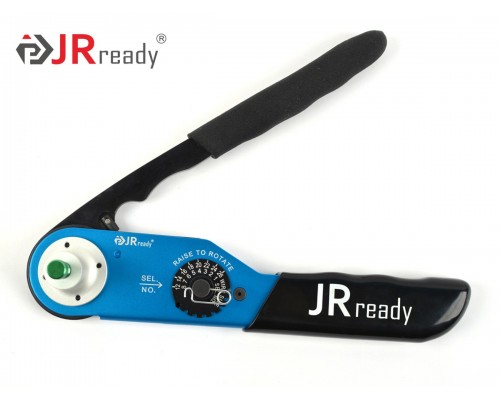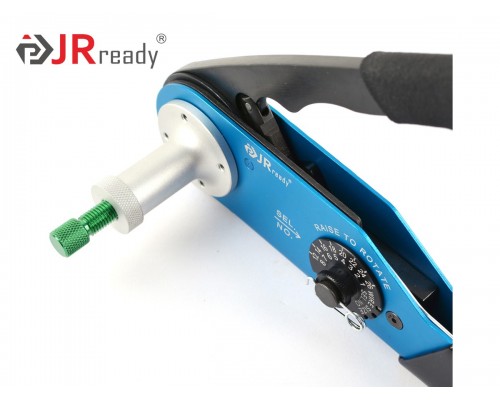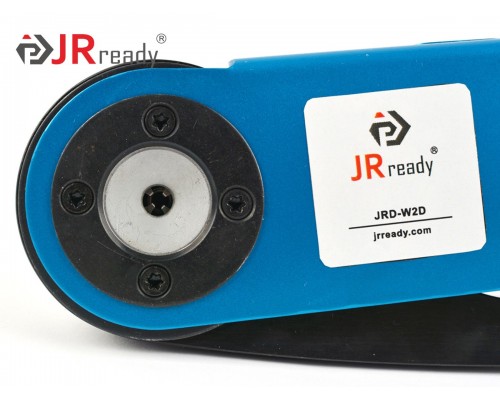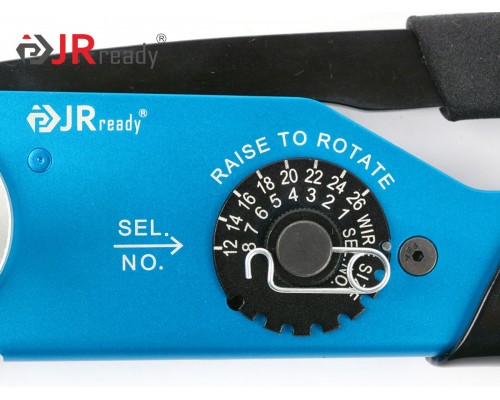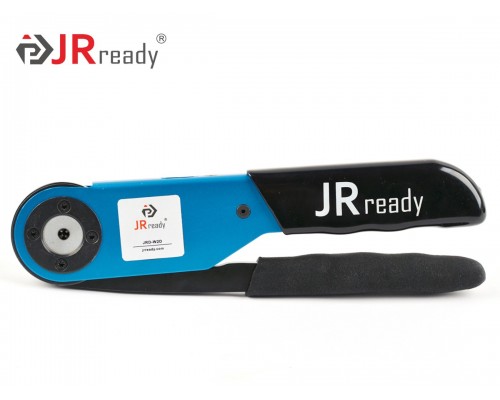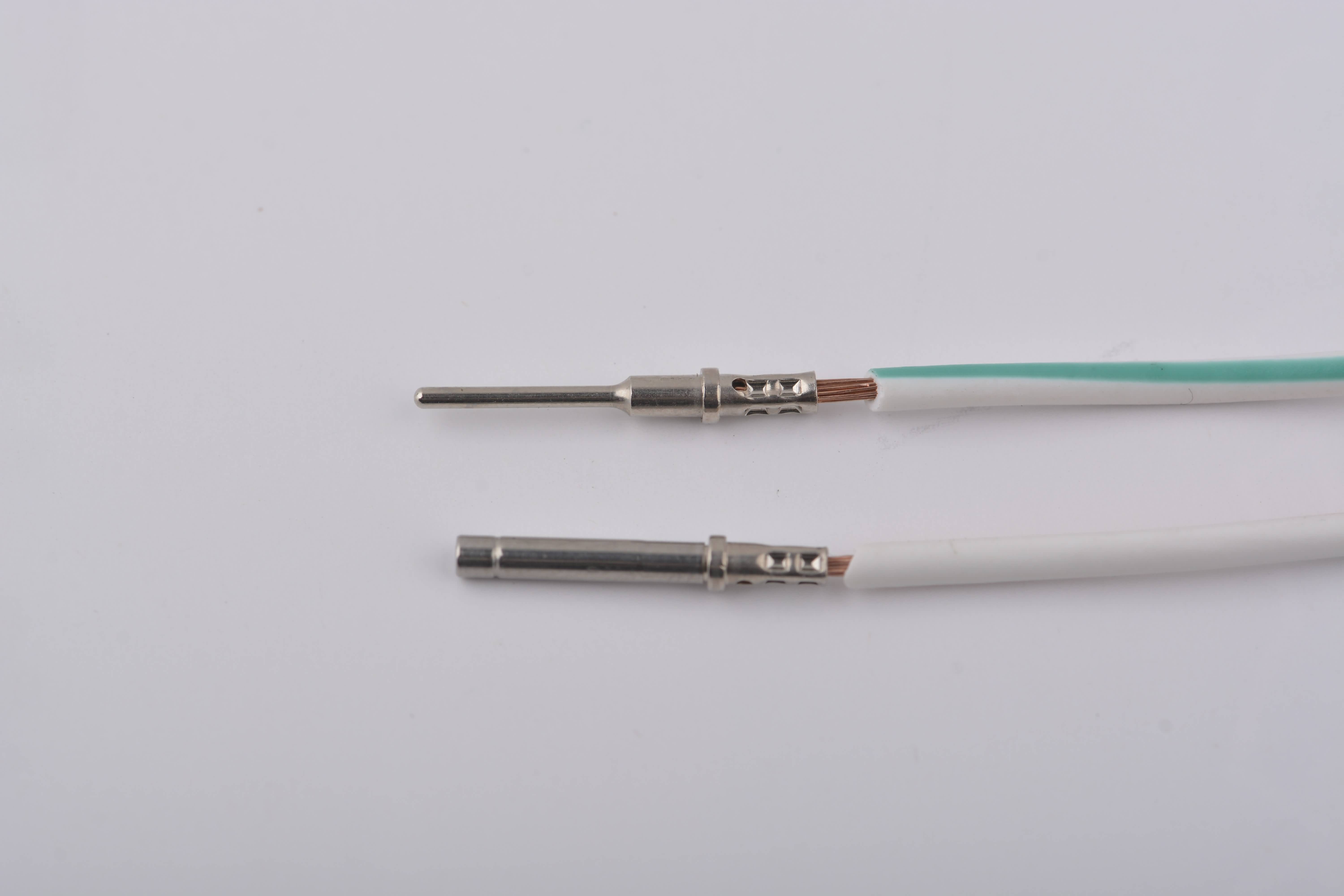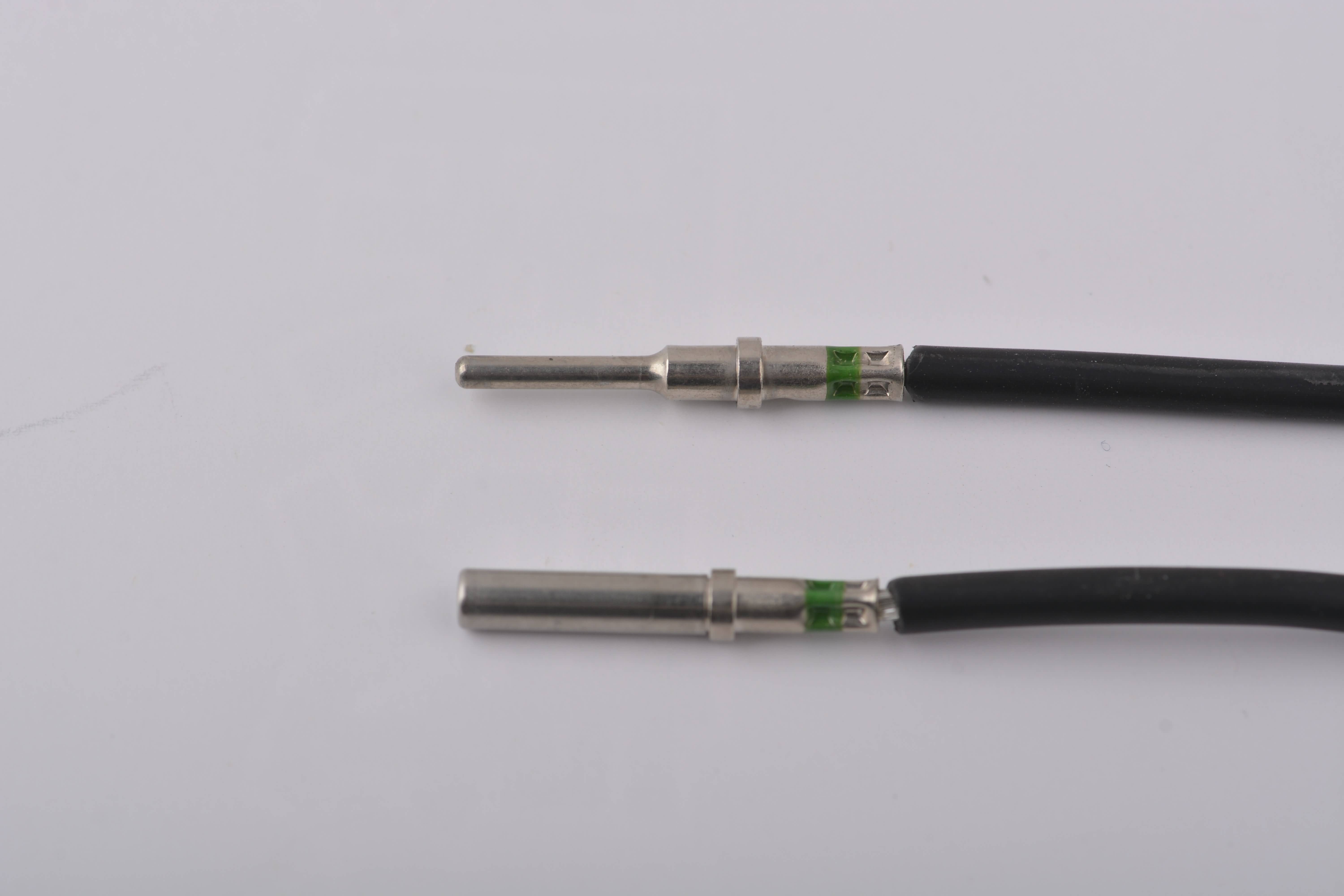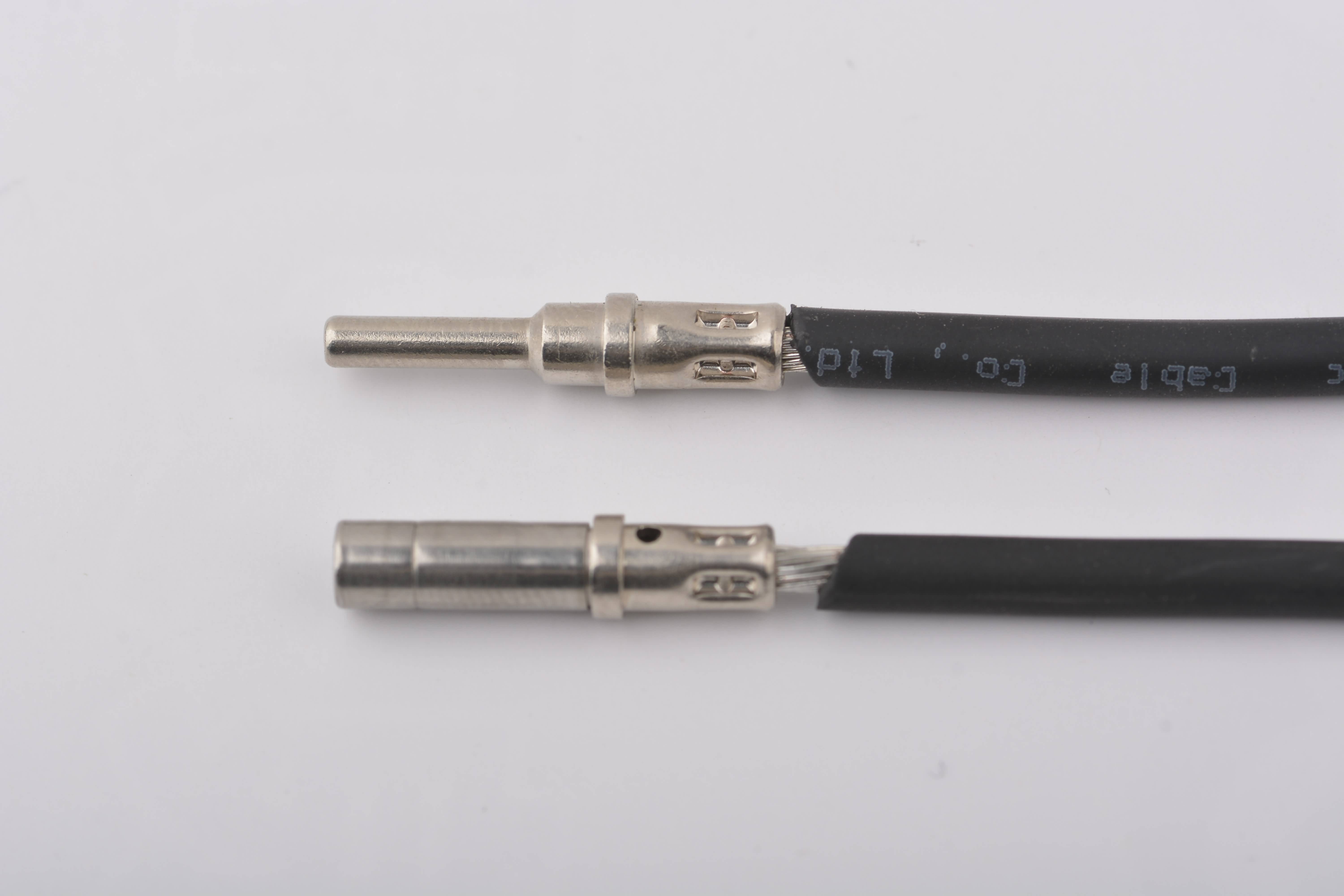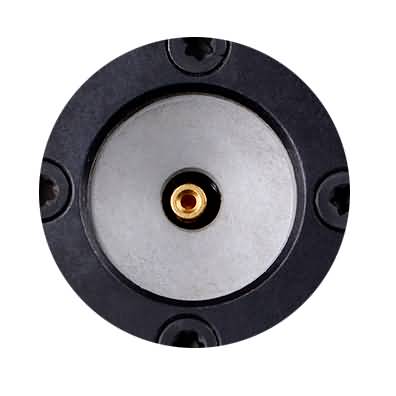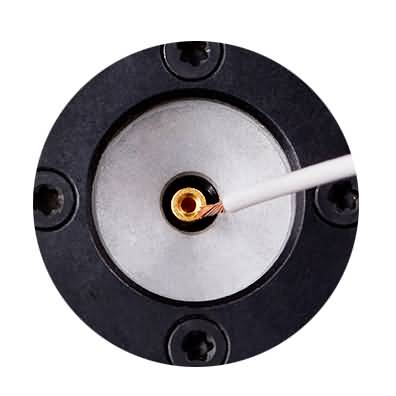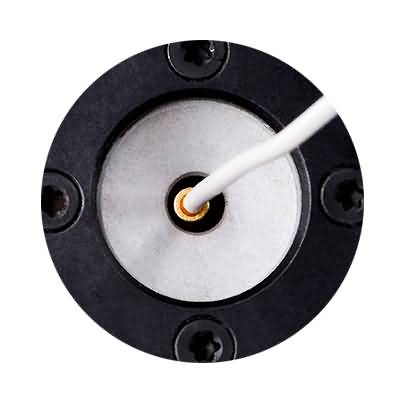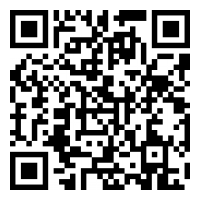-
-
-
JRready JRD-W2D Four-indent Hand Crimp Tool
1.Designed according to MIL-C-22520/1-01;2.The glove of the crimp tool handles is not easy to fall off during the process of crimping the large square wire;3.Wire Crimp Range: 12-26AWG(0.128-3.33mm²);4.Positioner & crimper integration; screw positioning size designed according to HDT-48-00 crimper; positioner axially adjustable.
Brand: JRready | Standard: MIL-C-22520/1-01(Not QPL) | Model: JRD-W2D |
Crimp Style: Four-indent Eight-impression | Material: Mould Steel | Selector Numbers: 8 |
Wire Size(AWG/mm²): 12(3.33)-26(0.128) | Thru-hole Diameter(mm): φ5.60 | Dimensions(mm):250*59*25 |
Internal Number: D76 | Weight(g): 569.2 |
JRD-W2D is designed based on the M22520/1-01 which is widely used for the crimping of wires and contacts in electronic connectors.
Features
1. Material of Mould Steel (Good Durability & Good Anti-deformation & Good appearance & Anti-rust)
2. Four-indent Crimp Tool(Crimp tension is 1.3 times that of the hexagonal crimp, more stable & more reliable)
3.8 Selector Numbers(Adjustable crimping ranges in different selector number, more convenient for wider applications)
Crimp Range:
CONTACTS:12-20 #
Selector NO. | Intender Working Diameter mm/INCH | |
A(GO) | B(NO GO) | |
1 | 0.71/0.028 | 0.84/0.033 |
2 | 0.81/0.032 | 0.94/0.037 |
3 | 0.91/0.036 | 1.04/0.041 |
4 | 0.99/0.039 | 1.12/0.044 |
5 | 1.14/0.045 | 1.27/0.050 |
6 | 1.32/0.052 | 1.45/0.057 |
7 | 1.50/0.059 | 1.63/0.064 |
8 | 1.73/0.068 | 1.86/0.073 |
The crimp tool adopts curve propulsion mechanism, its applied force transfers through four curves in the head cavity of the right plier handle to the four indenters. The four intenders do the centripetal linear motion, which makes its front-end teeth crimp the contact to complete the crimping process. The cycle controlled precision ratchet assures the consistency of impression and the crimping quality of wires and contacts.
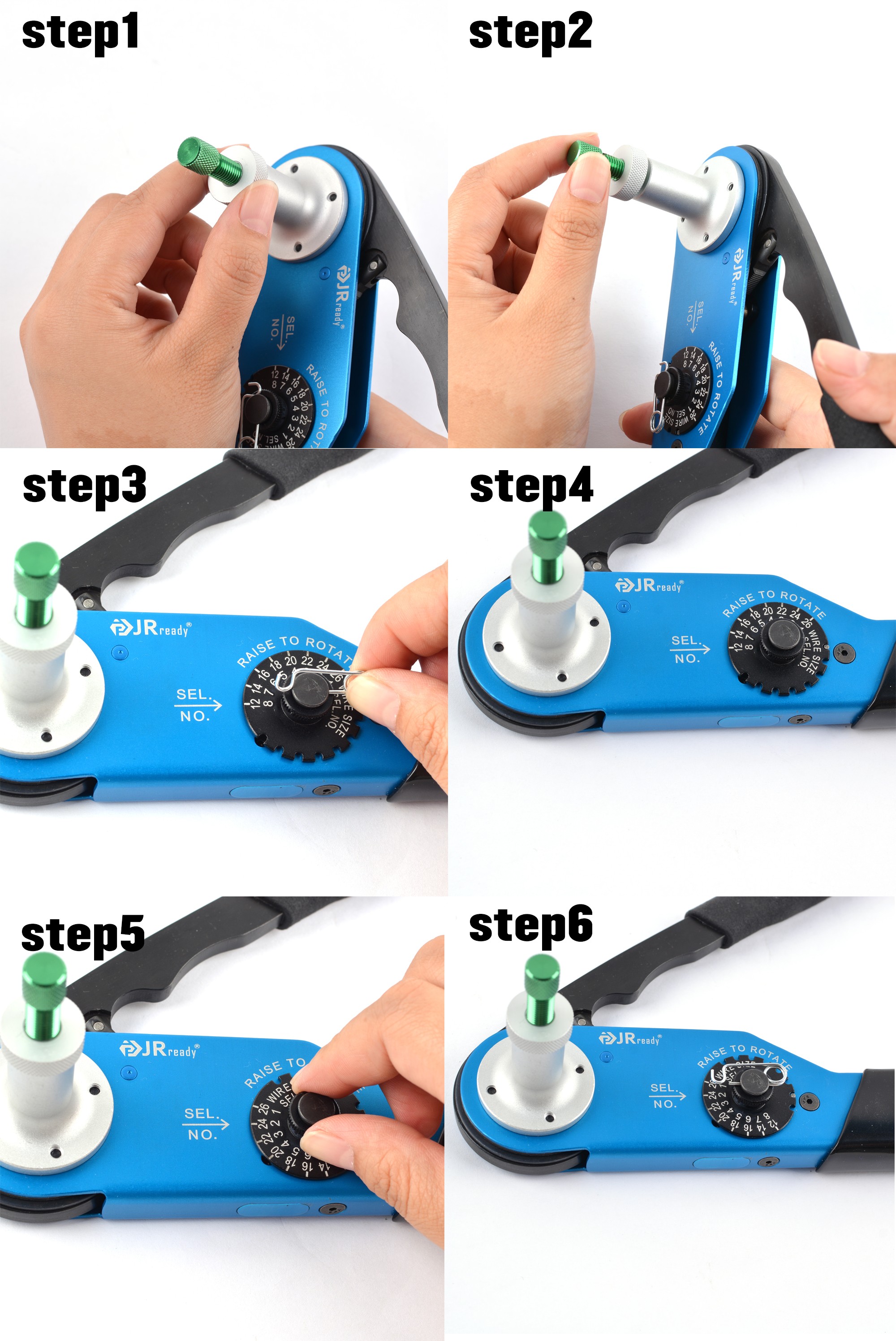
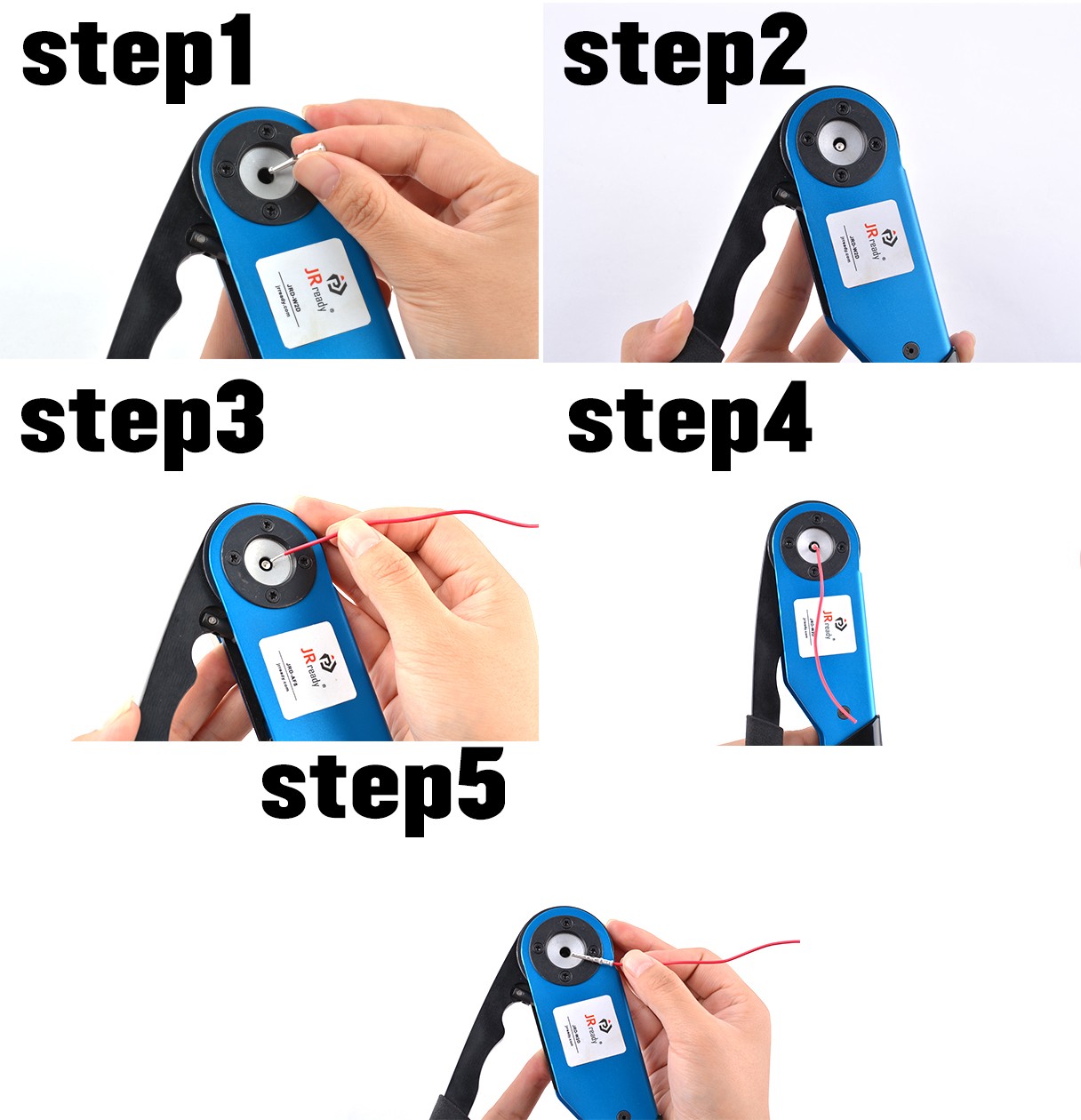
Applications
20# Contacts |
16# Contacts |
12# Contacts |
Crimping Instructions
Step 1 : Put the contact |
Step 2 : Insert the wire |
Step 3 : Crimp and open the crimp tool |
Step 4 : Remove the crimped contact |

